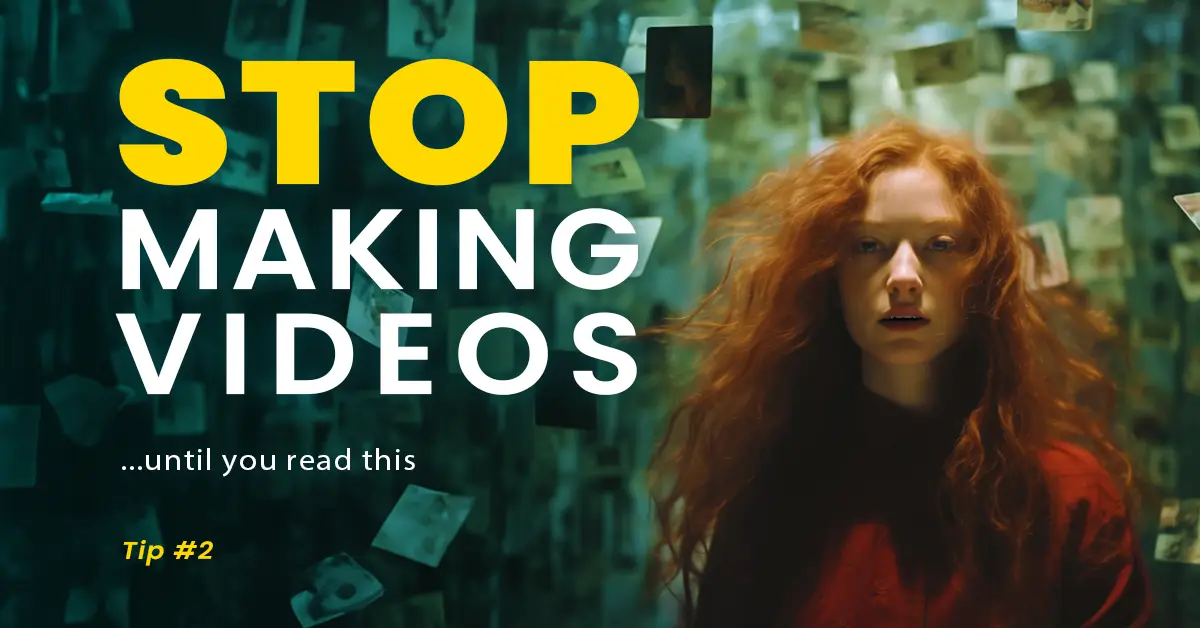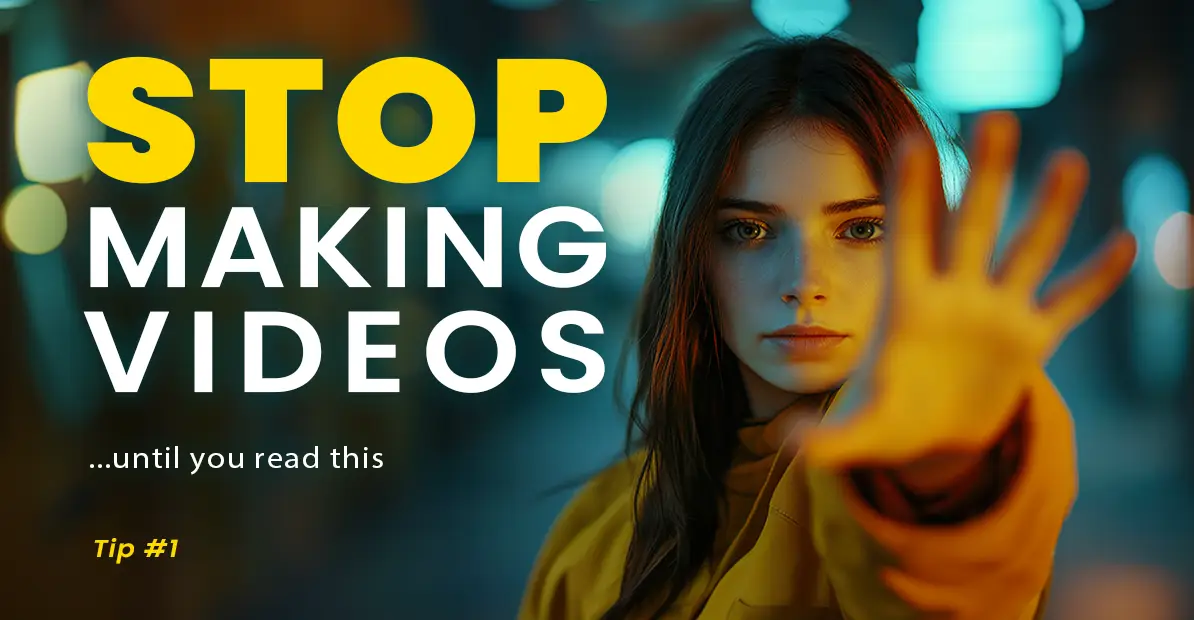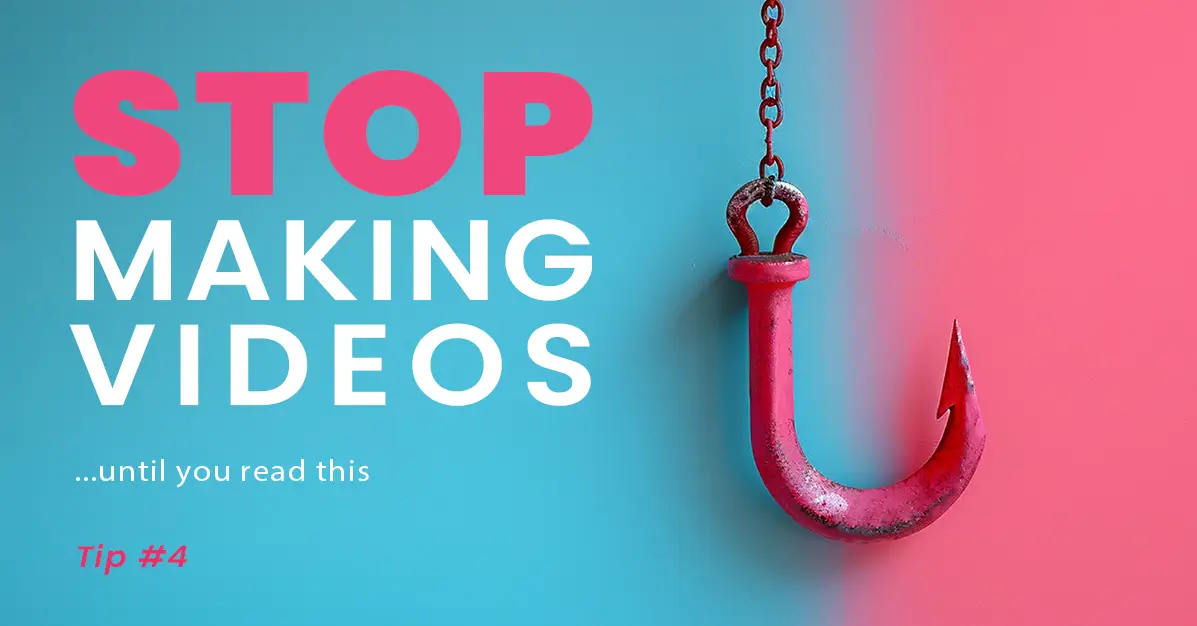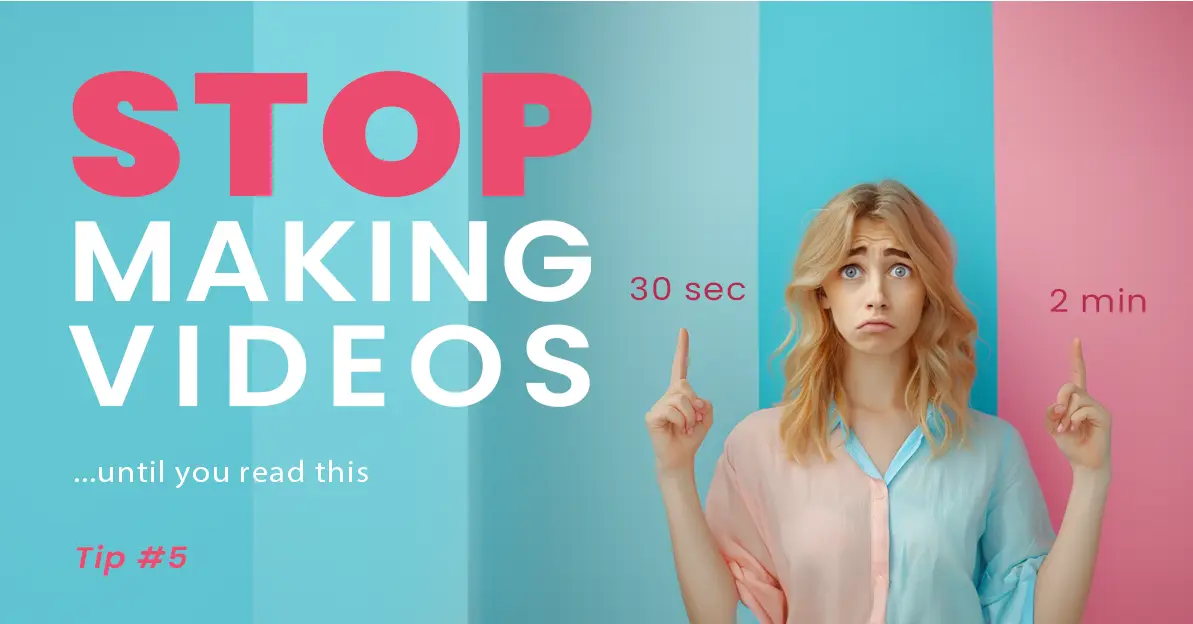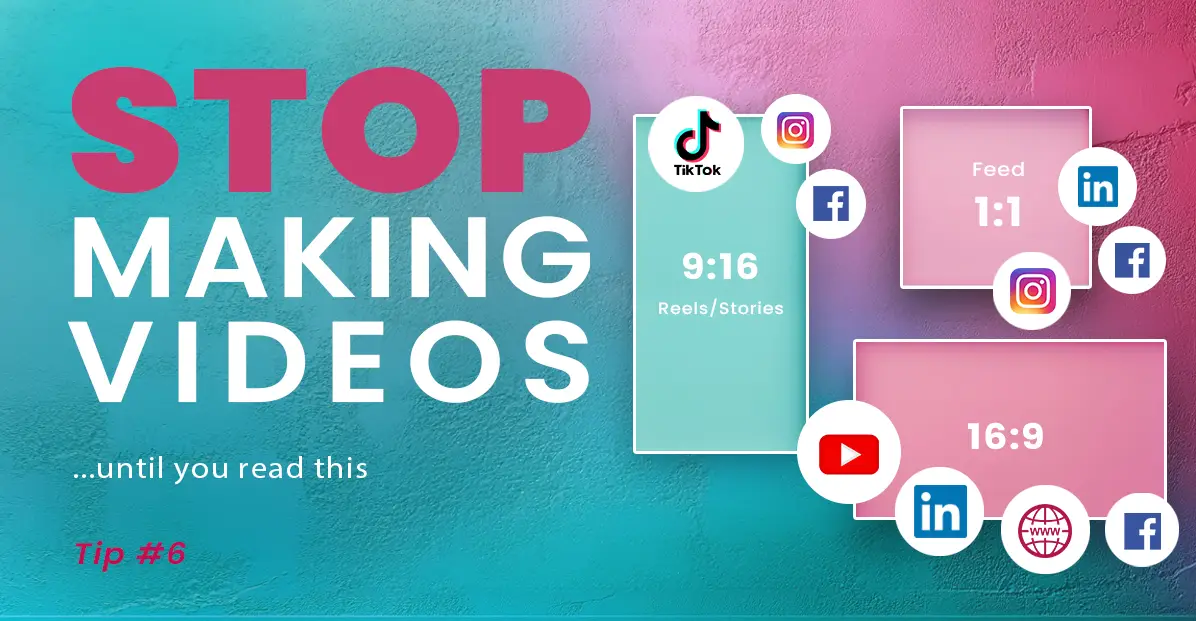In a perfect world, you want viewers to remember your message above everything else—well, maybe right alongside the call to action (CTA). Think of it like a catchy tune that gets stuck in your head. Even if you didn’t love the song, you can’t help but hum it.
Now, I’m not suggesting you create a video that no one likes but remembers anyway. The goal is to make your message memorable and enjoyable. Because the longer your message stays with the viewer, the more likely they are to act on it—whether that’s right away or at some point in the future. Even when they encounter a similar video, your message should come back to mind.
It’s easy to get caught up in all the advice out there about creating successful videos (yes, even posts like this one). But here’s the key: focus on creating a message that moves people. If your message resonates, your video will take shape around it, and more people will rally behind it.
Tips for Crafting a Compelling Message:
1. Keep It Simple:
A simple, clear message is easier for viewers to remember. Focus on one main idea—boil it down to a single sentence that captures the essence of what you want to convey.
2. Appeal to Emotions:
People are more likely to remember messages that make them feel something. Whether it’s humor, inspiration, or empathy, tap into emotions that align with your brand and your audience.
3. Follow the Rule of Threes:
The Rule of Threes is a powerful storytelling technique that suggests people are more likely to remember things grouped in threes. Try structuring your message around three key points, ideas, or phrases. It makes the message easier to digest and more memorable. Think of classic slogans like “Just Do It,” “Stop, Look, Listen,” or even “Reduce, Reuse, Recycle.”
4. Use Visual and Verbal Hooks:
Think about using a powerful visual or a phrase that acts like a “hook”—something viewers can latch onto. This could be a memorable tagline, a striking image, or a clever metaphor that ties into your message.
5. Be Consistent:
Repetition helps memory. If you can repeat your key message or integrate it into various parts of the video (without being overly redundant), it’s more likely to stick. Think of how advertisers use slogans—they’re short, catchy, and consistent.
6. Make It Actionable:
Your message should naturally lead into your CTA. Make sure the viewer understands not only what you want them to remember but why it matters and what they should do next. The message and the action should feel connected.
7. Test and Refine:
Don’t be afraid to test your message with a small audience before you release the video widely. Ask if they understand the core point or if something sticks out to them. Use their feedback to refine your message.


